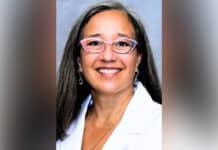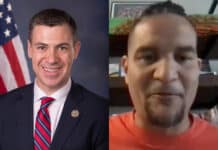(Daily Caller News Foundation) — Most high school students reported being taught critical race theory (CRT), according to a City Journal poll released Thursday.
Of the students surveyed between the ages 18 and 20 years old, 90% said they had either been taught or heard about CRT in school, according to the City Journal poll. Approximately 69% said they had at least heard in school that “white people have white privilege,” and 57% were taught that “white people have unconscious biases that negatively affect non-white people.”
CRT holds that America is fundamentally racist, yet it teaches people to view every social interaction and person in terms of race. Its adherents pursue “antiracism” through the end of merit, objective truth and the adoption of race-based policies.
“The claim that CRT and gender ideology are not being taught or promoted in America’s pre-college public schools is grossly misleading,” the study’s authors Zach Goldberg and Eric Kaufmann wrote. “More than nine in ten of our respondents reported some form of school exposure to at least some CRT-related and critical gender concepts, with the average respondent reporting being taught in class or hearing about from an adult at school more than half of the eight concepts we measured.”
About 62% of the students surveyed said they had been taught that “America is a systemically racist country” and 67% polled said that they were at some point taught that “America is built on stolen land,” according to the poll.
Of the students surveyed, 51% reported hearing that “gender is an identity choice” and does not need to match biological sex, according to the poll. Approximately 53% had heard in school from an educator that “America is a patriarchal society.”
Several schools and states have banned the teaching of CRT from its classrooms; in April, the Florida Department of Education rejected 41% of math textbooks, citing reasons such as CRT. Republican Oklahoma Gov. Kevin Stitt signed HB 1775 into law in May which prohibits the teaching that one race is superior to another.
Approximately 1,505 18- to 20-year-old former high school students were surveyed for the poll between Aug. 18-23.


















